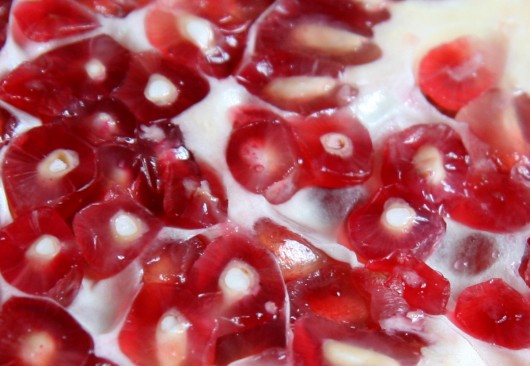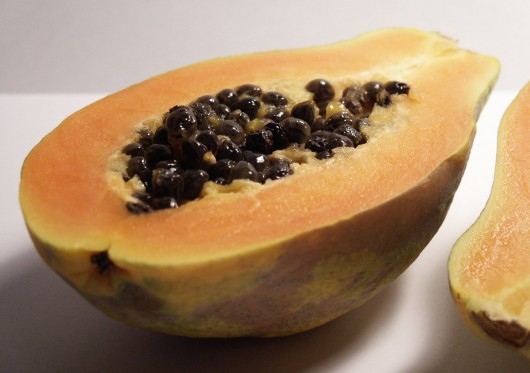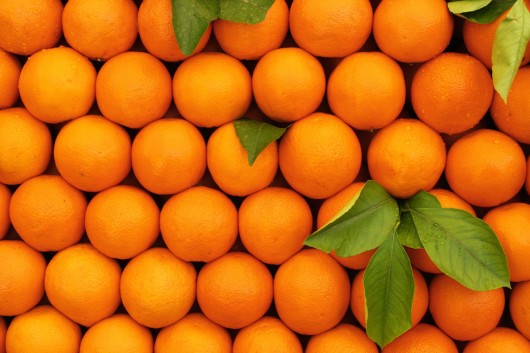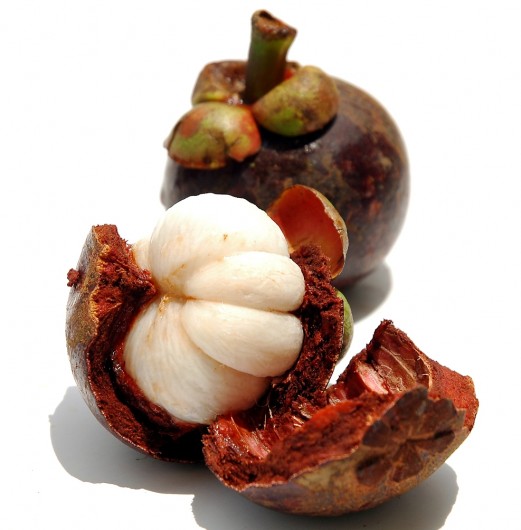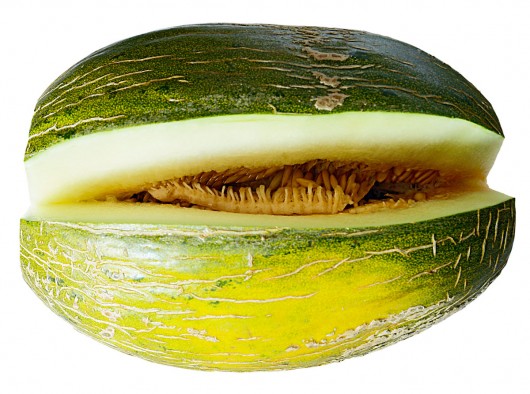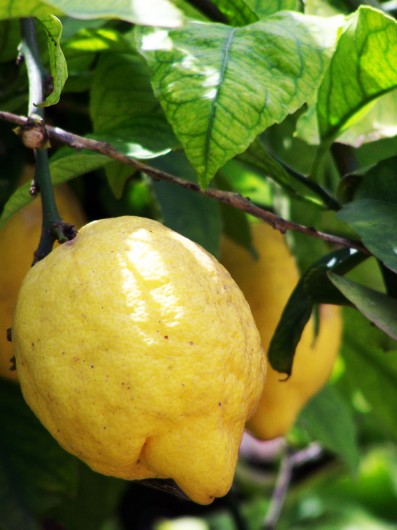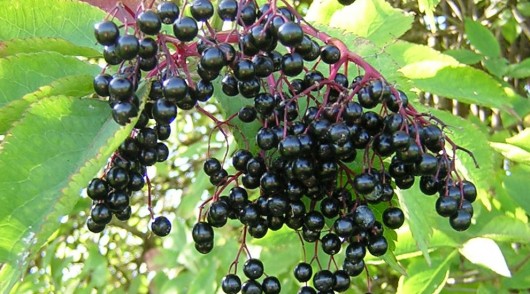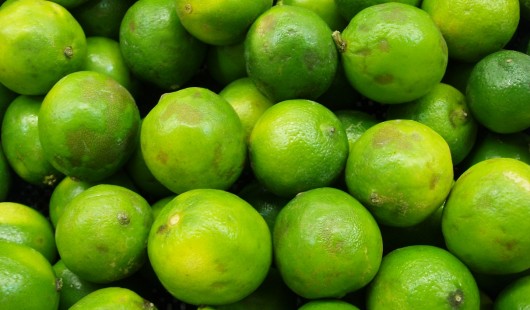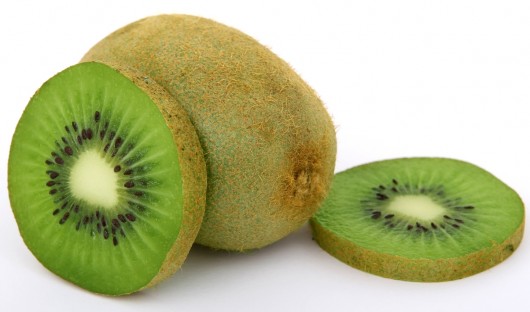Best Pomegranates for Pomegranate Juice and How to Choose Them
Pomegranates are a tree fruit that originated in the Middle East, but is now cultivated all over the world, anywhere where the climate is conducive to their growth. The seeds and the membrane that surrounds it, called arils, are the edible part of the fruit, though the membrane is where the juice is extracted from. Depending on the type of pomegranate, the flavor ranges from very sweet to quite tart. The best pomegranates for juicing are the sweeter variety and using them in a juicer is a great way to incorporate this so-called “superfood” into your diet.
Pomegranates are called a superfood because of how densely packed with vitamins and nutrients – especially phytonutrients – they are. They are also packed with Vitamin C, Vitamin B5 and potassium, as well as a lot more.
Pomegranate Types And Varieties
There are four main types of pomegranates grown for use in culinary applications. These are grown in various places around the world and are sought after for their subtle differences in flavor.
Wonderful Pomegranate: This is the post popular type of pomegranate grown for culinary purposes and is the largest of the commercially available types of pomegranate. Large and deep red, this is a sweet variety full of tasty arils.
Granada Pomegranate: This type has a very similar look and taste to the Wonderful, but it is smaller and deeper in color.
Sweet Pomegranate: As the name implies, this is the sweetest type of pomegranate cultivated commonly. Smaller than Wonderful pomegranates, this is the preferred variety for eating plain.
Angel Red Pomegranate : This pomegranate is large in size and is very deep red. It has soft seeds and produces the most juice out of all the varieties described. The Sweet Pomegranate is amongst the top choice for best pomegranates for juicing.
How to Choose the Best Juicing Pomegranate
Using a juicer is a great way to quickly and easily extract this tasty and healthy juice, but knowing how to pick out the ripest, best fruit can be a bit tricky since the good stuff we are after is inside the fruit. The following rules of thumb will help you pick out the perfect pomegranate.
- Pomegranate season is from late fall to early winter, this is when the fruit will be at its prime.
- Look for fruits that are bright and richly red.
- Select fruits that are heavy for their size.
- Avoid fruits with squishy spots, bruises or puckering.
